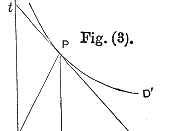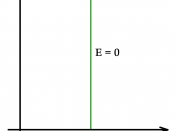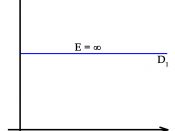Explain what is meant by the terms price elasticity, income elasticity and cross elasticity of demand and discuss the main determinants of each of these. Discuss the importance of each of these to the decision making process within a typical business.
Elasticity is the responsiveness to which one variable responds to a change in another variable Price elasticity of demand (PED) measures the responsiveness of quantity demanded of a product to a change in its price. If a relatively small change in price leads to a relatively large change in demand, the product is said to be 'elastic'.
Whereas if quantity demanded is relatively unresponsive to a change in price the product is said to be 'inelastic'.
Price elasticity of demand can be given a numerical value which is just a number and not in terms of any particular unit. The resulting numerical figure will always be a negative number due to the inverse relationship between price and quantity demanded, but can be ignored.
This numerical figure can be calculated by:Price elasticity of demand = percentage change in quantity demanded Percentage change in price For example if the price of a product rises from ã20 to ã24, which is a 20%change and demand falls from 400 units to 300 units, which is a 25% change, the calculation will be:25% = -1.2520%When the percentage change in price leads to a smaller percentage change in quantity demanded price elasticity of demand will be a number between 0 and -1 and the product is said to be 'inelastic'.
On the other hand when the percentage change in price leads to a larger percentage change in quantity demanded price elasticity of demand will be a number between -1 and - infinity and the product is said to be 'elastic' such as the product used...


